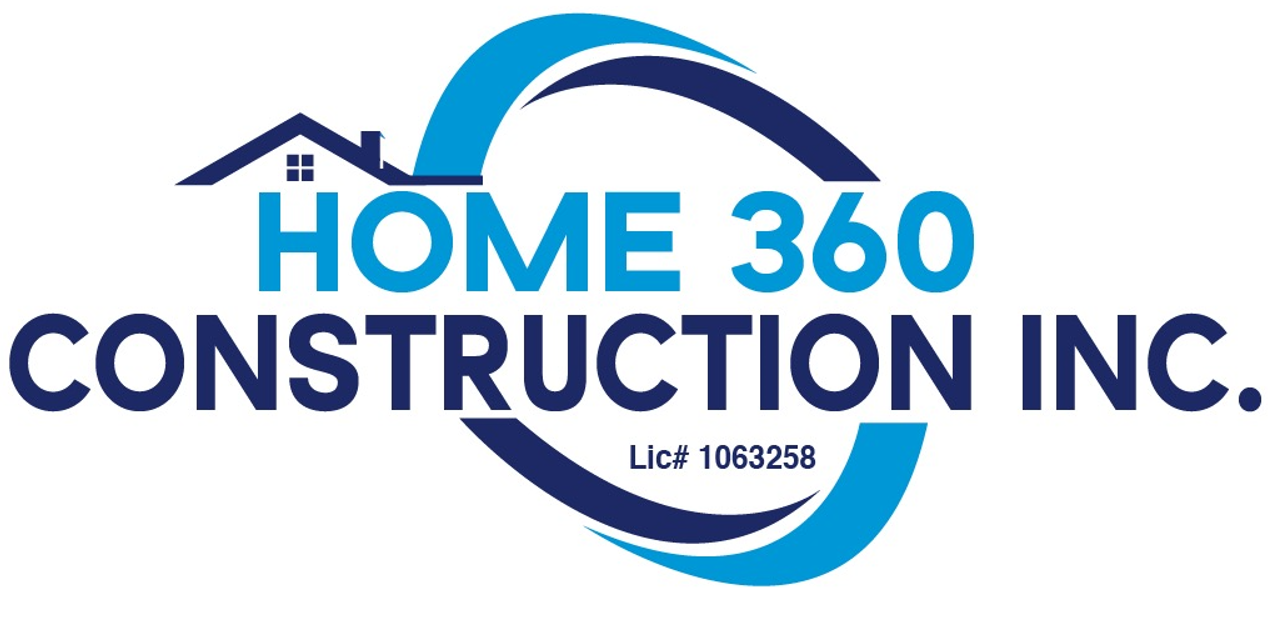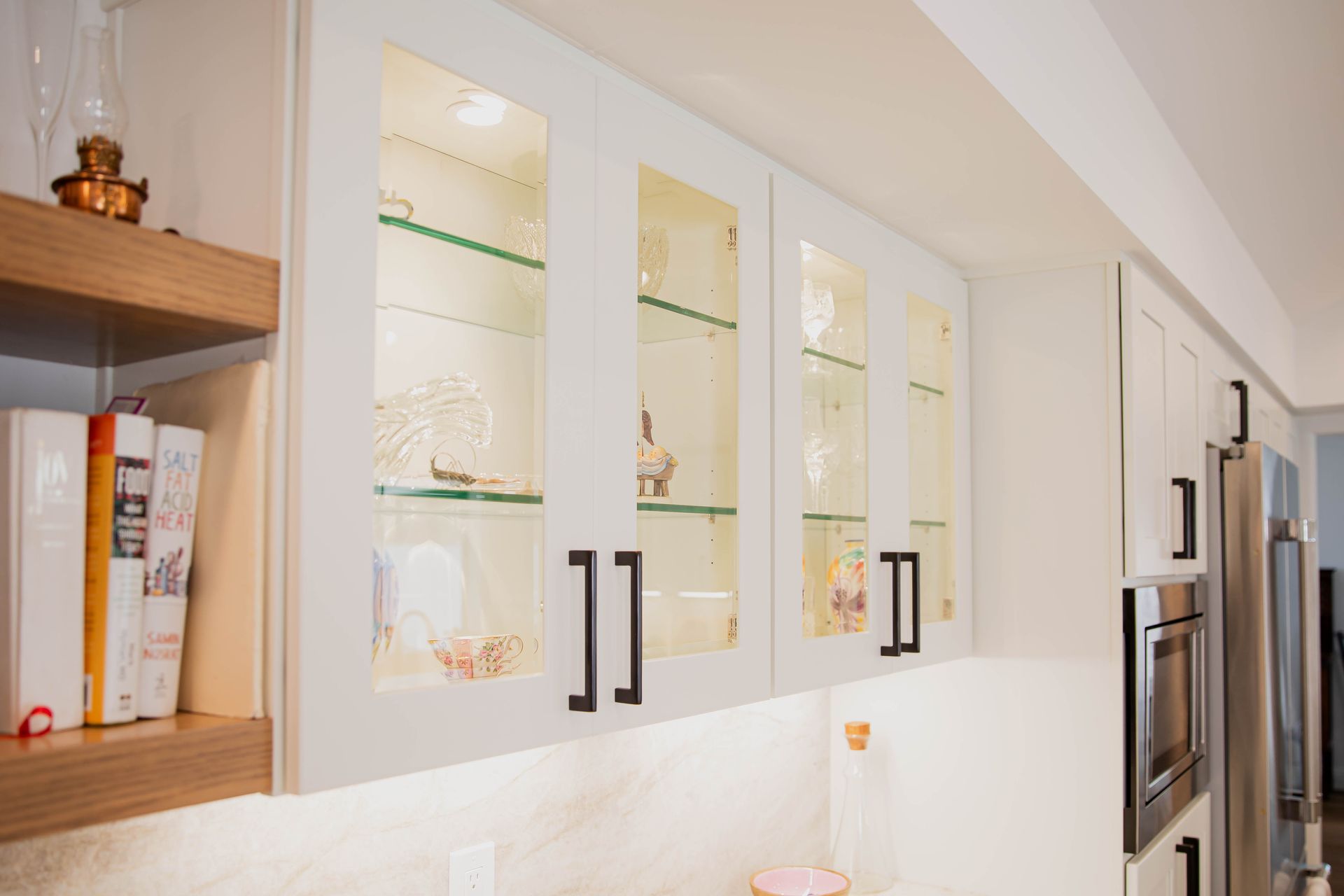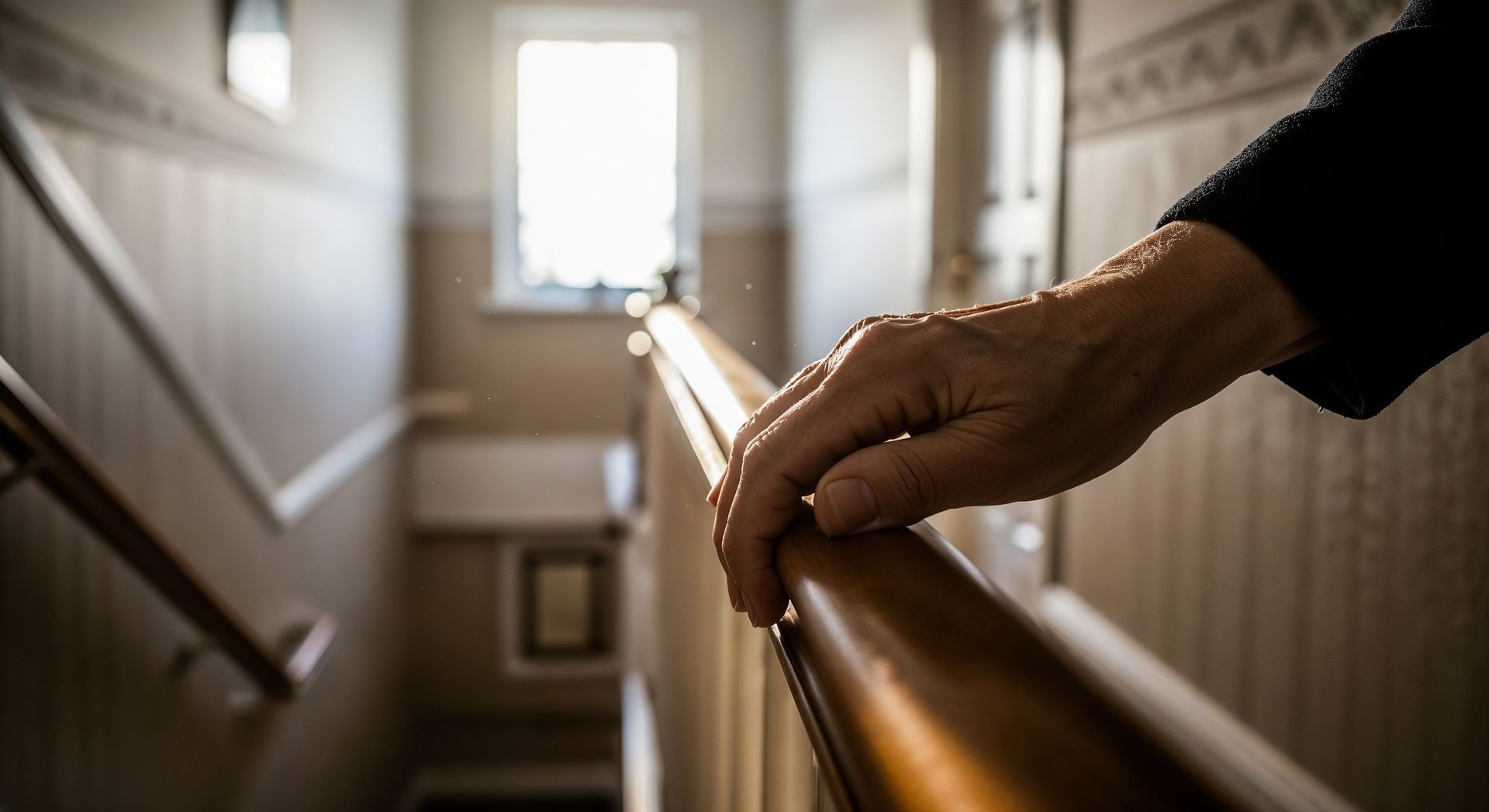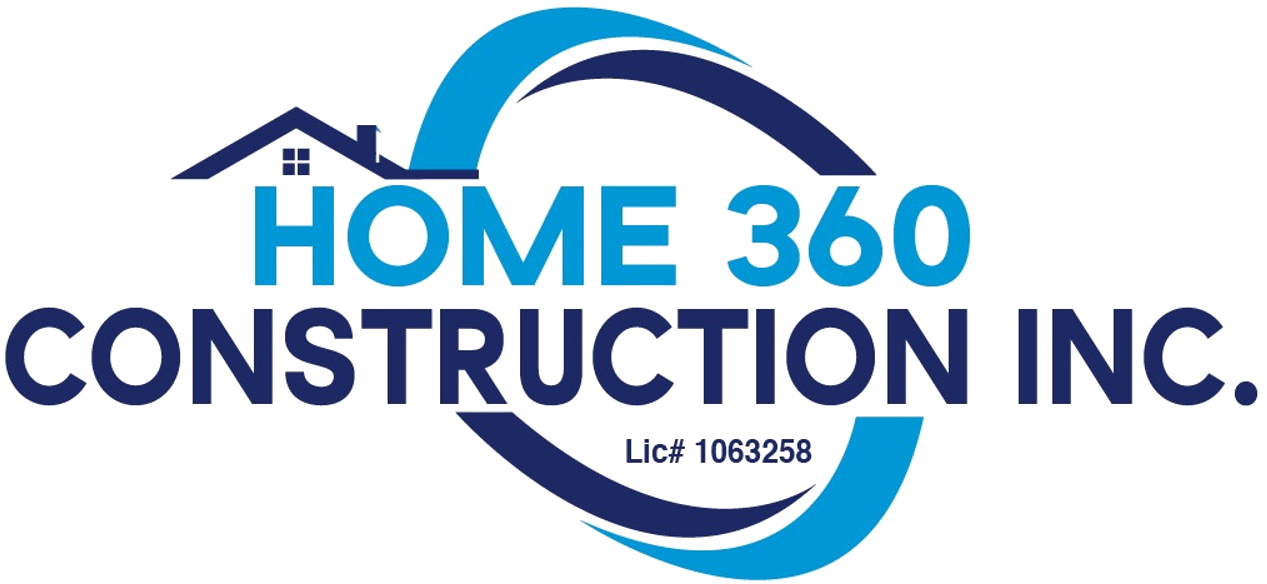Prioritizing Projects for Optimal Market Value
Whether you're planning to sell your home soon or just looking to enhance its value for the future, certain renovation projects offer a higher return on investment (ROI) than others. While the motivation for home improvements varies among homeowners, understanding which renovations yield the highest returns can guide you in making informed decisions. Here are some top home renovation projects that promise the best bang for your buck.
1. Kitchen Remodel
The kitchen is often considered the heart of the home. It's no surprise that potential buyers pay special attention to this space. Even a minor kitchen remodel can recoup about 80% of its cost, according to recent studies. Consider updating old appliances with energy-efficient models, installing quartz or granite countertops, and refreshing cabinets with a modern paint color or new hardware.
2. Bathroom Upgrade
An updated bathroom is another significant selling point for potential buyers. If your home has only one bathroom, adding a second one, even if it's just a half-bath, can greatly increase your home's value. For homes with existing bathrooms, consider updates like walk-in showers, dual sinks, and water-saving fixtures.
3. Enhancing Curb Appeal
First impressions are crucial. Investing in landscaping, a fresh coat of exterior paint, new siding, or an appealing front door can all dramatically boost your home's value. In many cases, homeowners can recoup more than 95% of their investment in these areas.
4. Adding Living Space
An additional room, whether it's a home office, sunroom, or bedroom, can increase the square footage and overall appeal of your home. Converting an attic or basement into a livable space is an excellent way to achieve this without building an addition.
5. Deck or Patio Addition
Especially in areas where outdoor living is popular, a deck or patio can significantly enhance your home's desirability. Choose durable, low-maintenance materials and ensure that the design complements the overall style of your home.
6. Energy-Efficient Windows and Insulation
Today's buyers are increasingly environmentally conscious and interested in homes that promise lower utility bills. Double-pane windows, enhanced attic insulation, and energy-efficient doors can not only increase comfort but also offer attractive returns on investment.
7. Roof Replacement
A new roof not only enhances the aesthetic appeal of a home but also assures potential buyers that they won't have to tackle this significant project anytime soon. Depending on the materials used, a roof replacement can offer a return of 60-70%.
8. Hardwood Floors
While carpeted floors have their charm, hardwood floors are often more appealing to potential buyers due to their timeless appeal and ease of cleaning. If you already have hardwood floors, consider refinishing them. If not, think about investing in installing them in high-traffic areas.
In Conclusion
While carpeted floors have their charm, hardwood floors are often more appealing to potential buyers due to their timeless appeal and ease of cleaning. If you already have hardwood floors, consider refinishing them. If not, think about investing in installing them in high-traffic areas.




